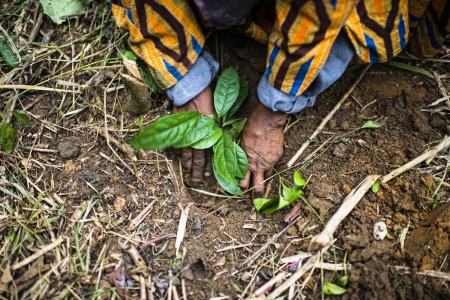Cuba’s six Man and the Biosphere UNESCO reserves protect an important portion of the country’s wild floral and faunal species and are a refuge for unique components of agricultural biodiversity that are crucial for human wellbeing in tropical island landscapes. These components provide a range of ecosystem services from food, nutrient cycling, crop pollination and seed dispersal services to conserving genetic and species diversity and providing recreational and spiritual spaces. The unique biocultural heritage found in Cuban Biosphere Reserves is attributable in part to the presence of people, whose traditional patterns of land use have proven sustainable over centuries. The sustainable and traditional agricultural biodiversity management practices contribute to a more resilient, diversified agricultural system and to increased food security for the local communities. Most of the communities within the Biosphere buffer and transition zones depend for their livelihoods on small family farms and small gardens called conucos. Conucos have maintained traditional cultivars even after the introduction of modern varieties and promotion of monocultures of imported varieties by centralized, state-run development projects. This has important implications for the potential of home gardens to conserve threatened diversity in situ which is necessary for protecting so-called “minor” species and species that are difficult to preserve ex situ (i.e., vegetatively propagated and tropical fruit trees). The economic crisis that started in 1990 in Cuba had a strong negative impact on agriculture, but at the same time created conditions for emergence of a new model strongly based on principles of organic low-input agriculture and agro-ecology. With continuing food shortages, urban residents were forced to grow some of their own food. The government encouraged this process by starting an urban agriculture program that fostered both private and commercial gardens on underutilized urban land to supplement the food available in urban areas from the commercial agriculture sector. These gardens emphasized an organic, sustainable-agriculture approach for food production. Based on the experience of the National Movement of urban Agriculture and on the need to increase the national production of food, the government has recently developed the Sub-Urban Agriculture Program. This program, largely based on the principles of low-input organic agriculture, aims at increasing availability and diversification of food for the sub-urban population. The project seeks to meet national goals of food security and sovereignty by encouraging the production of local food crops and improving their value through an improved agricultural system that relies on local seeds adapted to local environment and climate, a reduced need for expensive inputs, income benefits from certification schemes, new local market opportunities, etc. The new suburban agriculture program is a promising start for stimulating and incentivizing domestic production and sale and the project seeks to maximize the potential benefits from the new policies.
menu











